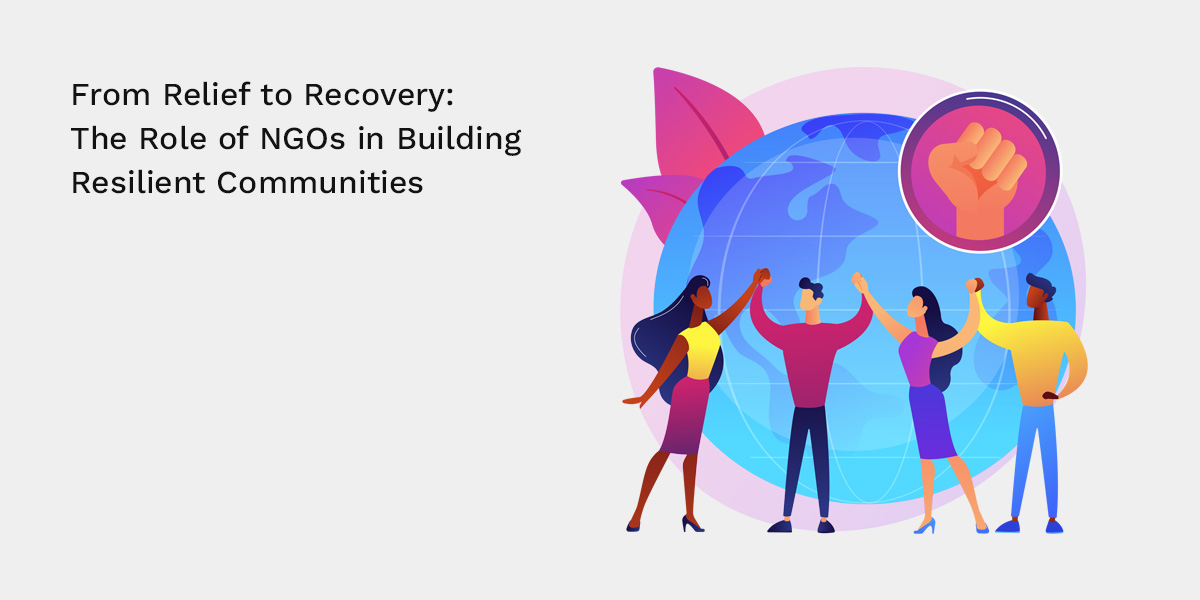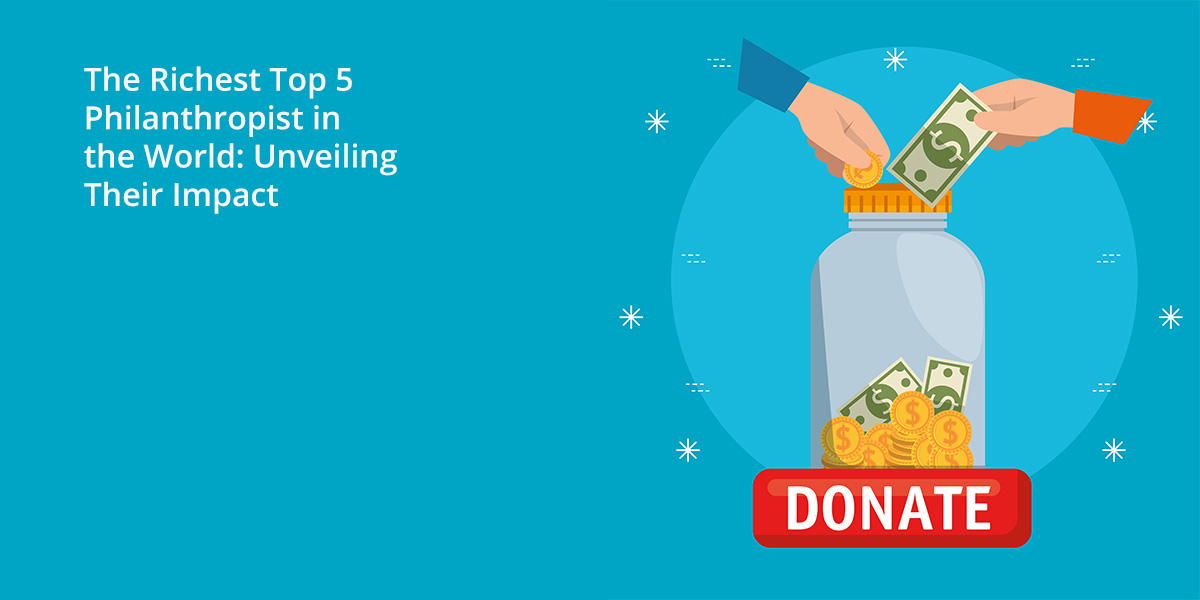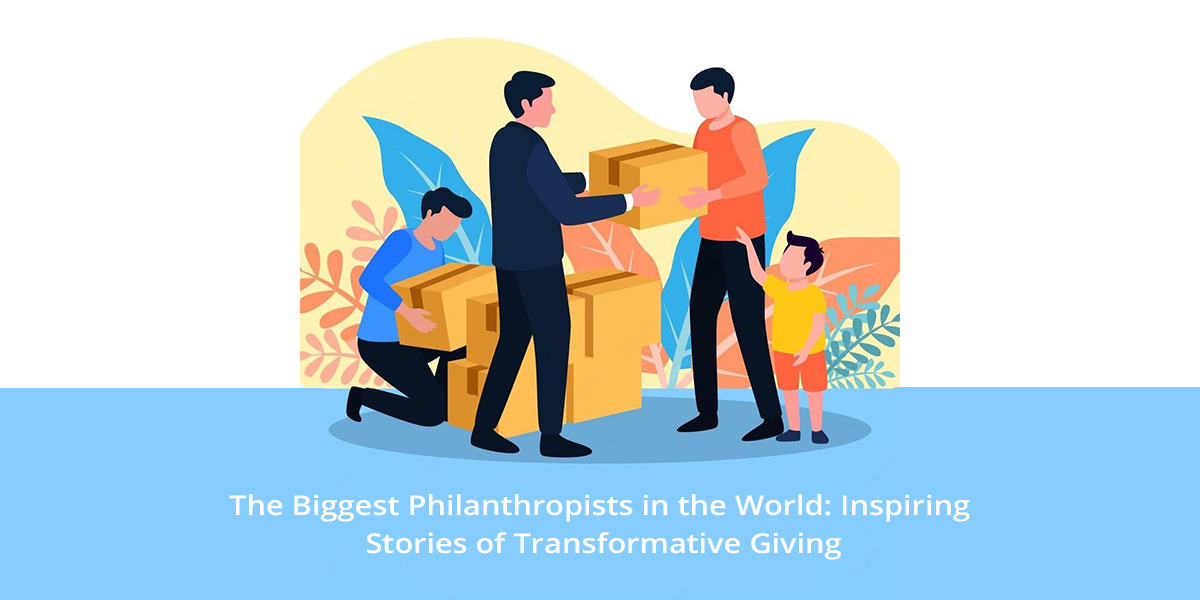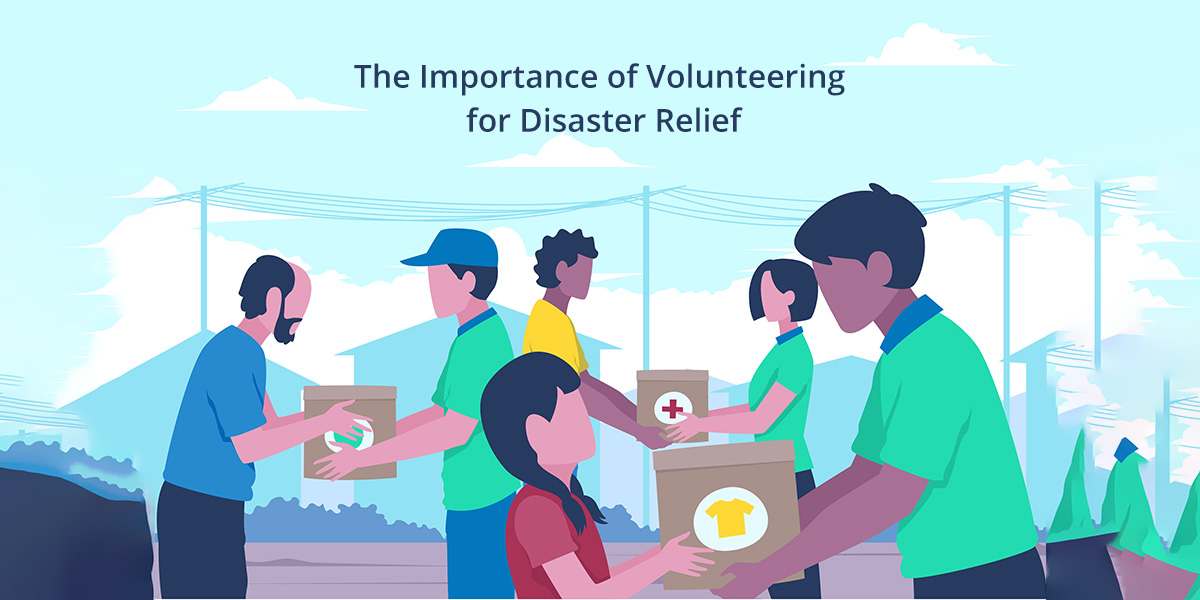Table of Contents
Natural disasters can wreak havoc on communities, causing widespread damage and disruption. From hurricanes and earthquakes to wildfires and floods, the impact of these disasters can be devastating and long-lasting. In the aftermath of a natural disaster, relief efforts are crucial to providing immediate assistance and support to affected communities. However, it is also important to focus on long-term recovery efforts that help communities rebuild and become more resilient. This is where NGOs play a vital role.
Natural Disasters And Their Impact On Communities
Natural disasters can have a profound impact on communities, causing significant damage to infrastructure, homes, businesses, and other essential services. They can also lead to loss of life, injuries, and trauma. In addition to the immediate effects, natural disasters can have long-lasting impacts on communities, including economic and social consequences.
For example, Hurricane Katrina, which struck the Gulf Coast of the United States in 2005, caused an estimated $125 billion in damages and resulted in the displacement of more than one million people. The disaster had a significant impact on the region’s economy, as businesses closed and jobs were lost. It also had a lasting effect on the mental health of survivors, many of whom experienced post-traumatic stress disorder (PTSD) and other mental health issues.
Role of NGOs In Supporting Relief And Recovery Efforts
NGOs play a crucial role in supporting relief and recovery efforts in the aftermath of natural disasters. They provide immediate assistance and support to affected communities, including food, shelter, medical care, and other essential services. They also work to help communities rebuild and become more resilient in the long term.
NGOs are often the first responders in the aftermath of a natural disaster, providing critical support to affected communities. They have the expertise and resources to mobilize quickly and efficiently, delivering aid to those who need it most. They also work closely with local communities and governments to ensure that relief efforts are coordinated and effective.
The Importance of Long-Term Recovery Efforts
While relief efforts are essential in the immediate aftermath of a natural disaster, it is also important to focus on long-term recovery efforts. These efforts help communities rebuild and become more resilient, reducing the impact of future disasters.
Long-term recovery efforts can include a range of activities, such as rebuilding infrastructure, supporting economic recovery, and promoting community resilience. NGOs play a vital role in these efforts, working alongside local communities and governments to develop and implement recovery plans.
Challenges Facing Long-Term Recovery Efforts
Long-term recovery efforts can be challenging, as they often require significant resources and coordination. Funding can be a major obstacle, as can the need to navigate complex bureaucratic processes. In addition, there may be competing priorities and interests that can make it difficult to develop and implement effective recovery plans.
One of the biggest challenges facing long-term recovery efforts is ensuring that they are sustainable and equitable. This requires a focus on community engagement and empowerment, as well as a commitment to addressing underlying issues such as poverty, inequality, and environmental degradation.
The Role of NGOs in Promoting Resilience
NGOs play a critical role in promoting resilience in communities affected by natural disasters. They work to build local capacity and empower communities to take a more active role in disaster preparedness and response. This can include providing training and support for emergency preparedness, promoting sustainable development practices, and advocating for policies that support community resilience.
NGOs also play a key role in promoting disaster risk reduction (DRR), which involves taking proactive measures to reduce the impact of disasters. This can include measures such as early warning systems, hazard mapping, and land-use planning that take into account the risks of natural disasters.
Examples Of Successful Long-Term Recovery Efforts Led By NGOs
There are many examples of successful long-term recovery efforts led by NGOs. For example, in the aftermath of the 2010 earthquake in Haiti, the International Organization for Migration (IOM) worked with local communities to rebuild homes and infrastructure, provide access to clean water and sanitation, and promote economic recovery. The IOM also focused on building community resilience by providing training and support for disaster preparedness and risk reduction.
In another example, the NGO Mercy Corps has worked in communities affected by drought in the Sahel region of West Africa to promote sustainable agriculture and economic development, as well as disaster risk reduction. Their programs have helped to build resilience in these communities, reducing the impact of future droughts and other disasters.
Impact of NGO-Led Programs On Community Resilience And Disaster Prevention
The impact of NGO-led programs on community resilience and disaster prevention can be significant. By providing support for long-term recovery efforts and promoting disaster risk reduction, NGOs can help to build more resilient communities that are better prepared for future disasters.
In addition to reducing the impact of disasters, NGO-led programs can also have positive social and economic impacts on communities. By promoting sustainable development and economic growth, these programs can help to improve livelihoods and reduce poverty. They can also help to build stronger, more cohesive communities that are better able to withstand the challenges of future disasters.
Best Practices For NGOs To Support Long-Term Recovery Efforts
To effectively support long-term recovery efforts, NGOs should focus on building partnerships with local communities and governments. This involves engaging with local stakeholders and developing a deep understanding of the unique challenges and opportunities facing each community.
NGOs should also prioritize sustainability and equity in their recovery efforts. This means focusing on long-term solutions that address underlying issues such as poverty, inequality, and environmental degradation. It also means ensuring that recovery efforts are accessible and equitable, particularly for marginalized or vulnerable populations.
Finally, NGOs should work to build local capacity and empower communities to take an active role in disaster preparedness and response. This can involve providing training and support for disaster risk reduction, as well as promoting community engagement and participation in recovery efforts.
Conclusion
Natural disasters can have a devastating impact on communities, causing significant damage and disruption. In the aftermath of a disaster, relief efforts are crucial to providing immediate assistance and support. However, it is also important to focus on long-term recovery efforts that help communities rebuild and become more resilient.
Natural disasters relief NGOs play a vital role in supporting both relief and long-term recovery efforts. By providing immediate assistance and support, as well as promoting disaster risk reduction and building community resilience, NGOs can help to mitigate the impact of future disasters and promote sustainable development.
To effectively support long-term recovery efforts, NGOs must prioritize partnerships with local communities and governments, as well as sustainability and equity in their recovery efforts. By working together and building resilient communities, we can help to reduce the impact of natural disasters and promote a more sustainable, equitable future for all.
To know more about this topic, do visit the company website.






